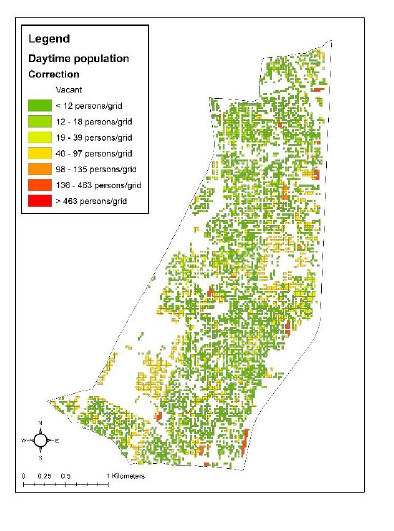Application of Geographic Information System for PM2.5 Risk Assessment in Din Daeng District, Bangkok
Keywords:
PM2.5, Geographical Information System, Risk assessmentAbstract
Air pollution from particulate matter smaller than 2.5 microns (PM2.5) is a global concern. In Din Daeng District, Bangkok, PM2.5 levels frequently exceed Thailand's air quality standards from January to April in every year due to traffic pollution and temperature inversions. Furthermore, climate change is expected to exacerbate the inversion phenomenon, significantly elevating risks to vulnerable populations, including children, the elderly, and individuals with respiratory and cardiovascular conditions. This study employs Geographic Information System (GIS) technology to create risk maps for PM2.5, aiding local governments in developing strategies to mitigate its impact. Data on PM2.5 concentrations, building footprints, and the distribution of vulnerable populations were collected and analysed for risks using Weighted Linear Combination (WLC) with assigned scores based on expert inputs. According to the assigned scores, people vulnerability is the most critical factor in assessing PM2.5 risk with a score of 45.00%, followed by PM2.5 concentration (33.33%) and population density (21.67%). Because of different patterns of population distribution in the area, the study also reveals that risk levels are higher during the day than at night, with 11.20% of the population at the highest risk during daytime, compared to 1.11% at night under worst case scenario. The study recommends different mitigation measures based on the time of day and suggests three actionable strategies: 1) distributing PM2.5 masks to all children monthly, 2) installing outdoor PM2.5 monitoring devices, and 3) constructing PM2.5 pollution control rooms for use when pollution levels exceed standards. The first two measures are short-term actions that local governments can implement immediately, while the third requires long-term investment and is particularly effective for protecting vulnerable groups.

